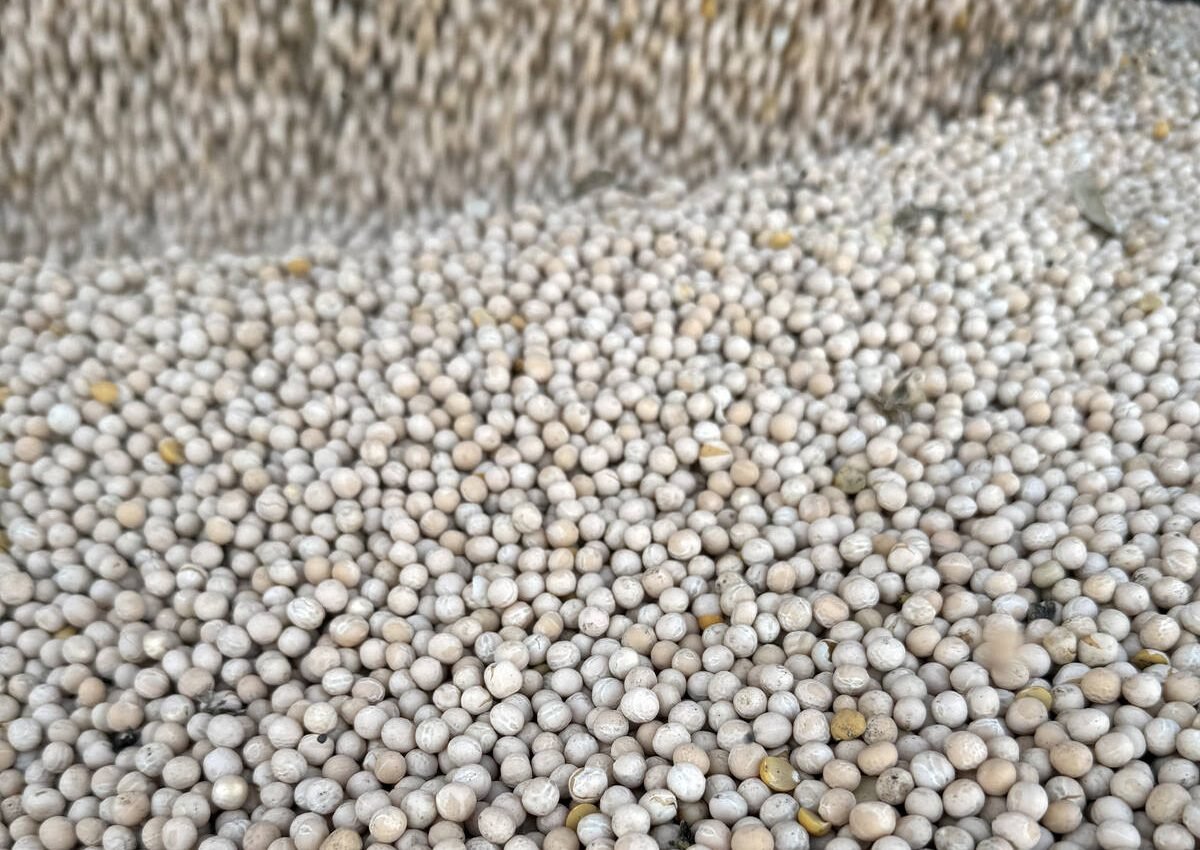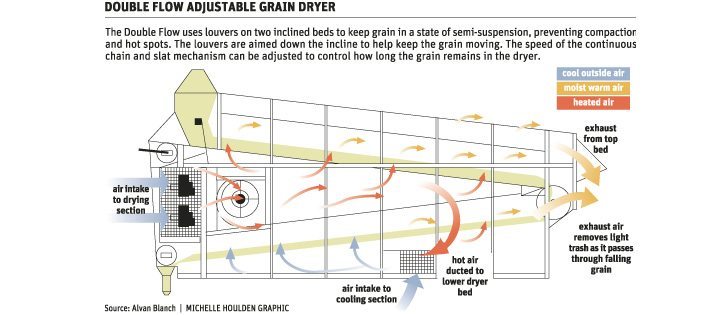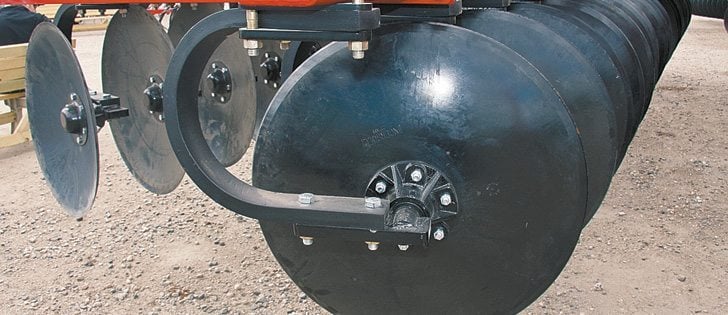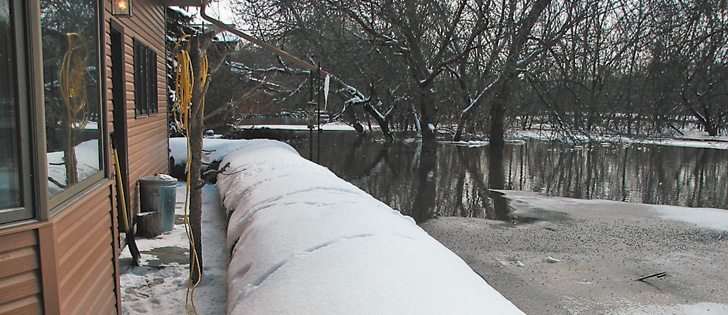Fungicide research | Apply only when crown rust is present in field
There’s a growing belief that foliar fungicides will increase the quality and yield of oats even if crown rust is not present.
Not so fast, says William May, a crop agronomist with Agriculture Canada.
May and his team from the department’s Indian Head Research Farm conducted three years of field tests in Western Canada to determine if a fungicide application can improve yield or quality in the absence of crown rust.
They also tried to determine the level of crown rust infection that would justify a fungicide application and the level of crown rust changes across the Prairies.
Read Also

Yellow pea prices collapse on lack of demand
China’s tariffs and India’s accumulated stocks from previous imports have curbed those countries’ demand for Canada’s yellow peas just as harvest adds price pressure at the farm gate.
Field trials were conducted at Indian Head, Sask., Canora, Sask., Melfort, Sask., which was rust free, Saskatoon, which was inoculated with crown rust, Brandon and Portage la Prairie, Man.
The results were conclusive.
“If you have a cultivar that’s susceptible to crown rust, then, if the disease is developing, it’s a good idea to spray, but only if you have disease present and developing in your crop,” he told the University of Saskatchewan’s Crops and Soils presentations March 13-14.
“If you grow a cultivar that’s not susceptible to crown rust, then you don’t need a fungicide.”
Crown rust is the biggest disease risk facing oats. Stem rust has more impact and more dramatic yield decreases, but resistant varieties have got it under control
Disease pressure from crown rust varies from year to year, depending on the growing area and the effect of disease spores that travel north from the southern United States.
Producers previously controlled the disease by planting crown rust resistant varieties, especially in Manitoba and eastern Saskatchewan.
“More recently, people have been using fungicides and claiming they’re getting a big benefit from it, regardless, because some cultivars are not completely crown rust resistant.
There’s also been claims that even if the disease is not present, you get good response from the fungicide,” he said.
May’s advice is simple.
“If you are in a crown rust area and you’re growing a cultivar with good crown rust resistance, you don’t need a fungicide and it does appear that we’re not getting a big benefit from fungicides when crown rust is absent,” he said.
May concluded that there’s little to no return on the money with this scenario.
“There’s a high probability that they’re not going to get an economic return on their investment.”
Field trials involved two seeding dates: May 15 and June 5. The question for May was whether there was more pressure later on in the growing season and how that might affect things.
“We also know that if you delay seeding, you usually get a reduced yield unless you get a late wet fall and all bets are off,” he said.
The field trials used no fungicide as well as the fungicide Headline on four varieties:
- AC Morgan, very susceptible to crown rust
- CDC Orin, susceptible to crown rust
- CDC Boyer, partially resistant to crown rust
- Leggett, which had the best possible resistance at the time of the trial
The results didn’t surprise May.
“If there’s no response in Leggett after applying fungicide, but there is with Morgan, then it’s due to disease pressure,” he said.
“If you see an increase in yield when you apply a fungicide to AC Morgan, but you don’t see an in-crease in yield when you apply the fungicide to Leggett, than you know that the benefit observed in Morgan is due to protecting the plant from disease.”
Test weight was also an important factor because it’s something for which oat farmers are paid.
May said the test weight of Leggett didn’t change when all the test sites were combined, while the fungicide increased the test weight of the other cultivars.
“The largest benefit from the fungicides occurred in cultivars most susceptible to crown rust under high levels of crown rust,” he said.
“That’s AC Morgan because it’s the most susceptible and when you put it in a site with a high level of crown rust, you get a big impact, but Leggett, which has good crown rust, no effect,” he said.















